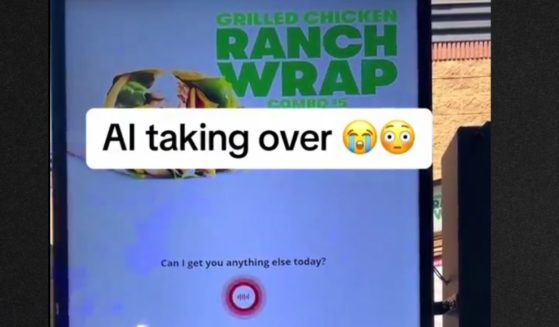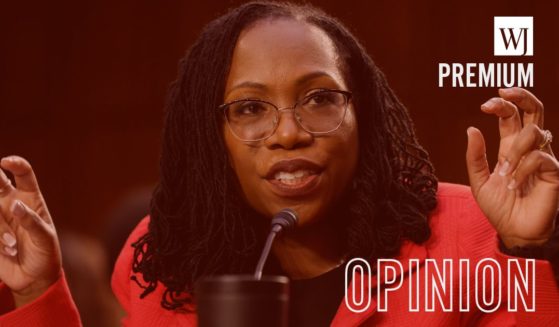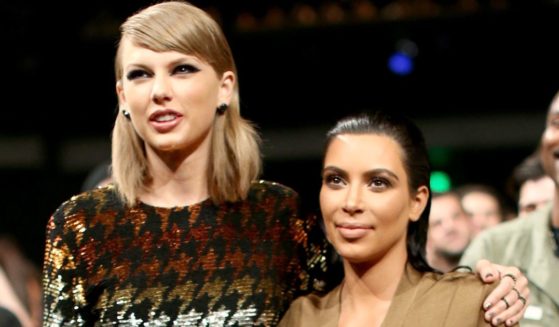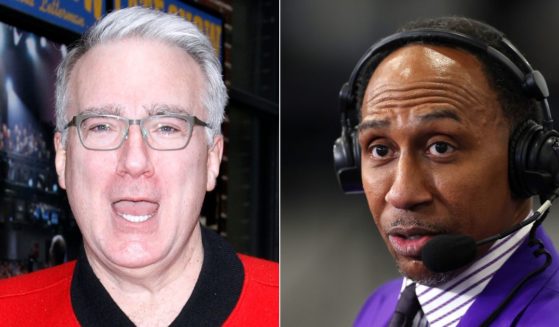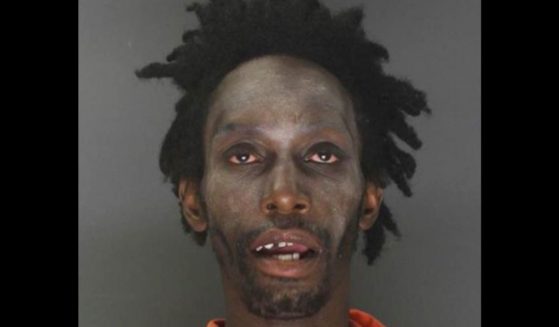Did 4 'Smothered' Siblings Actually Die of Natural Causes? Court May Have Proof 19 Years After Mother's Conviction
An Australian inquiry began investigating on Monday whether a woman convicted of smothering her four children to death almost two decades ago might be innocent.
The inquiry by retired New South Wales state Supreme Court Chief Justice Tom Bathurst is the second judicial investigation into Kathleen Folbigg’s convictions in 2003 and reflects advances in genetic science that add weight to her argument that her children died of natural causes.
The first inquiry by retired District Court Chief Justice Reginald Blanch concluded in 2019 that there was no reasonable doubt that Folbigg murdered her children Sarah, Laura and Patrick and was guilty of the manslaughter of her firstborn, Caleb.
The start of the new inquiry in Sydney is focusing on a rare CALM2 genetic variant present in both daughters. Research into the variant published last year, after Blanch’s report, found that it might cause heart arrhythmias and sudden death in young children, Sophie Callan, a lawyer assisting the inquiry, said at the outset of the hearing.
“The central question at all times has been whether Ms. Folbigg caused the death of one or more of her four children or whether they died of natural causes,” Callan said.
While 22 medical experts had testified at her trial in 2003, numerous experts across a range of medical and scientific fields have since provided reports that support Folbigg’s case.
“This caucus of medical and scientific evidence is weighty and dominates consideration of Ms. Folbigg’s convictions,” Callan said.
“However, it is not the only source of evidence relevant to the question of her guilty. Another significant category of evidence were diaries and journals she maintained when the children were alive,” Callan added.
A second phase of the inquiry that begins in February will focus on the dairies which prosecutors in her trial presented as “intimate, personal and exact analysis of … her thinking” when she wrote them, Callan said.
Prosecutors “characterized certain entries in her diaries, particularly in combination, as admissions of guilt, suggesting the diaries were the strongest evidence that you could possibly have for Ms. Folbigg having murdered her four children,” Callan said.
Caleb was born in 1989 and died 19 days later in what a jury determined to be the lesser crime of manslaughter. Her second child, Patrick, was 8 months old when he died in 1991. Two years later, Sarah died at 10 months. In 1999, Folbigg’s fourth child, Laura, died at 19 months.
Prosecutors told her jury the number of similarities among the deaths made coincidence an improbable explanation.
Similarities included that all died unexpectedly under the age of 2. Folbigg was the only one at home or awake when the children died, and they were always still warm to touch. She lived at the time with her former husband Craig Folbigg.
On three occasions, she said she discovered the deaths during trips to the bathroom and once while checking on a child’s well-being.
Except in Laura’s case, Folbigg never helped them, Callan said.
Prosecutors offered the jury three options: The children died of identified natural causes, unidentified natural causes or deliberate suffocation by their mother.
Some medical experts who testified at her trial cited Meadow’s Law, an approach to Sudden Infant Death Syndrome, or SIDS, named after British pediatrician Samuel Roy Meadow.
As Callan described the theory, the first unexpected death of an infant in a family may be attributed to SIDS, a second should be labeled undetermined and a third should be considered homicide until proven otherwise.
Callan said that reasoning had been widely discredited and urged Bathurst to reject any expert evidence that relies upon that reasoning.
“It could be described as unscientific and, in a legal context, wholly inconsistent with the prosecution baring the burden of proof and the accused person’s entitlement to the presumption of innocence,” Callan said.
Folbigg is serving a 30-year prison sentence which will expire in 2033. She will become eligible for parole in 2028.
She watched Monday’s hearing online from prison. The hearing was adjourned Monday afternoon set to continue on Tuesday.
New South Wales Attorney General Mark Speakman ordered the new inquiry in May when he rejected Folbigg’s petition for a pardon.
That petition was “based on significant positive evidence of natural causes of death” and signed by 90 scientists, medical practitioners and related professionals.
If Bathurst finds reasonable doubt of Folbigg’s guilt, he can report to the Court of Criminal Appeals which could consider squashing her convictions.
The Western Journal has reviewed this Associated Press story and may have altered it prior to publication to ensure that it meets our editorial standards.
Truth and Accuracy
We are committed to truth and accuracy in all of our journalism. Read our editorial standards.



